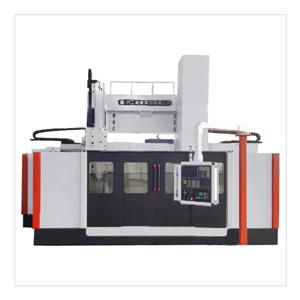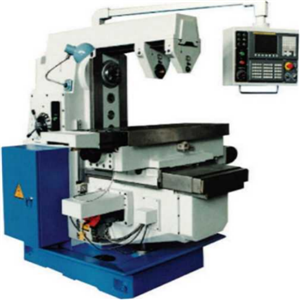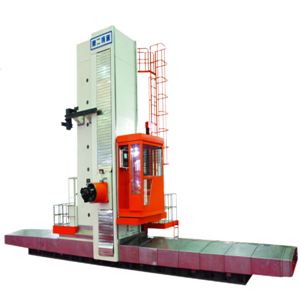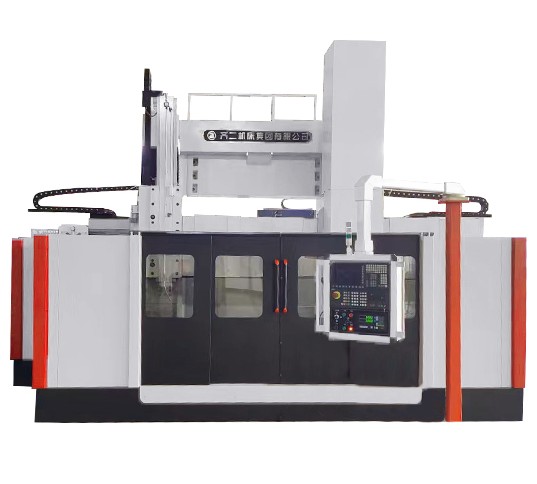Brief Introduction to the Process of CNC Vertical Turning
What is the difference between CNC vertical lathe and automatic lathe? Firstly, we need to understand the processing principles of automatic lathes and CNC lathes. Automatic lathes use cam springs to carry cutting tools, while CNC lathes use programming to control the action of the tools. In terms of power, automatic lathes are much higher than CNC lathes, so the processing cost of automatic lathes is cheaper than CNC lathes. If the product is more complex and requires higher requirements, automatic lathes may not be able to do it, Only CNC lathes can be used for processing, but the processing cost is higher than that of automatic lathes. For a product, whether we choose to use automatic lathes or CNC for processing depends on the difficulty of the product.
The process of CNC vertical lathe machining is similar to that of general lathes, but because CNC lathes perform one-time clamping and continuous active machining to complete the turning process, the following aspects should be noted:
1. Reasonable selection of cutting parameters: For high-power metal cutting, the processing materials, cutting materials, and cutting conditions are three major factors that determine the processing time, tool life, and processing quality. An economically useful processing method is to select the cutting advance reasonably
2. The three elements of cutting premise: cutting speed, feed rate, and cutting depth directly cause damage to the tool. With the increase of cutting speed, the temperature of the tool tip will rise, causing mechanical, chemical, and thermal wear. If the cutting speed is increased by 20%, the tool life will be reduced by half. The feed condition is related to the wear on the back edge of the tool in a small range, but the feed rate is large, the cutting temperature rises, and the wear on the back edge is large. It has a smaller impact on the tool than the cutting speed. Although the impact of cutting depth on the tool is not as great as the cutting speed and feed rate, in small deep cutting, the hardened layer of the cutting material will also affect the tool life.
Users need to select the cutting speed to be used based on the processed data, hardness, cutting condition, data variety, feed rate, cutting depth, etc. The selection of the most suitable machining premise for CNC vertical lathe is based on these elements. Choosing a CNC vertical lathe processing plant is the ideal prerequisite for achieving a regular and stable wear and tear life. However, in the actual lessons, the selection of tool life is related to tool wear, changes in processing standards, appearance quality, cutting noise, processing heat, etc. When processing the premise, it needs to be studied according to the actual situation. Turning machining is a method of using the rotation of the workpiece relative to the tool on a CNC lathe to cut the workpiece. The cutting energy of turning machining is mainly supplied by the workpiece rather than the tool. Turning is a basic and common cutting method. Turning is suitable for processing reverse surfaces, and most workpieces with reverse surfaces can be processed using turning methods, such as inner cylindrical surfaces, inner conical surfaces, end faces, grooves, threads, and reverse formed surfaces. The main tools used are turning tools.





